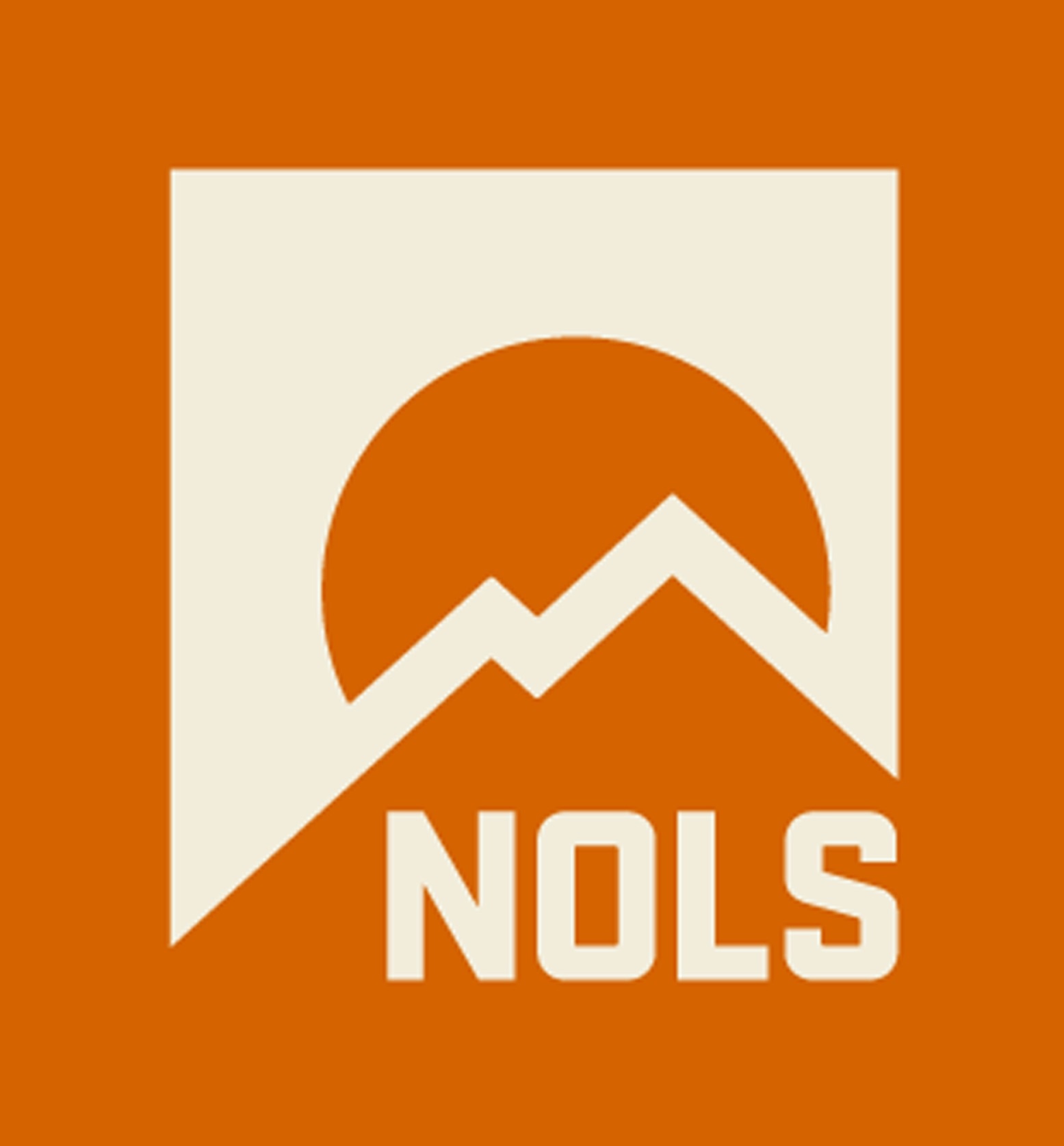By Travis Magaluk, NOLS instructor
This past October, I had the opportunity to adventure in the high mountains of Ecuador, namely Rucu Pichincha, Cayambe, and South Illiniza. This trip was made possible with support from the NOLS Field Staffing and Training Office. My girlfriend Robyn and I traveled to Ecuador for six weeks to explore the country and go mountaineering. While there, we met up with two of our friends, Felipe Munchmeyer from Ecuador and Nic Reed from the U.S.
Our original plan was to acclimatize on Rucu Pichincha and make our way to Cayambe to finish our acclimatization and make our summit attempt. Rucu Pichincha was a great acclimatization hike, finishing at 15,413 feet.
Throughout our travels, Robyn and I experienced challenges navigating the local culture and had many adventures exploring the diverse country of Ecuador. One of our favorites was shopping in the open-air markets found in almost every town. Trying new foods was always an adventure, especially when we didn’t speak the best Spanish.
Felipe, Nic, Robyn and I made our way up to the town of Cayambe from Quito. We stayed the night and prepared the next day for our climb. We got a nice alpine start and headed up the mountain.
Around 17,500 feet, three of us were feeling strong signs of altitude sickness. We decided to turn around and try again another time.
Even though we wanted to summit, we recognized how we were feeling and made the best decision for the group. This was a great opportunity to practice weighing the human factors at play, an important skill in high-altitude mountaineering.
Robyn and I went back to Cayambe a week later to try again. This time we had a poor weather window and decided not to make a summit attempt because of excessive cloud cover. However, we did get to experience a beautiful sunset with Volcano Cotopaxi erupting in the distance.
We made up for not summiting Cayambe a few days later when we scrambled up Illiniza Norte (16,818 feet). It was a good finish to the mountaineering portion of our trip to Ecuador.
We gained knowledge and many skills throughout our experience climbing in Ecuador. We discovered just how important acclimatization is and that different people may need more time acclimatizing than others. We continued to work on glacier navigation and crevasse rescue for a morning on Cayambe.
As NOLS mountaineering instructors, we gained more perspective to bring to our work on glacier mountaineering in the Wind River Range. We have also gained more experience that we will be able to share with our students and inspire them to take their own adventures.
About the Author: Travis is a NOLS climbing, mountaineering, and winter field instructor. He enjoys climbing and backcountry skiing in his time off and would like to travel to South America again to do more mountaineering. He lives and works in Breckenridge, Colorado throughout the winter as a ski patroller.
Explore NOLS Mountaineering Courses!








